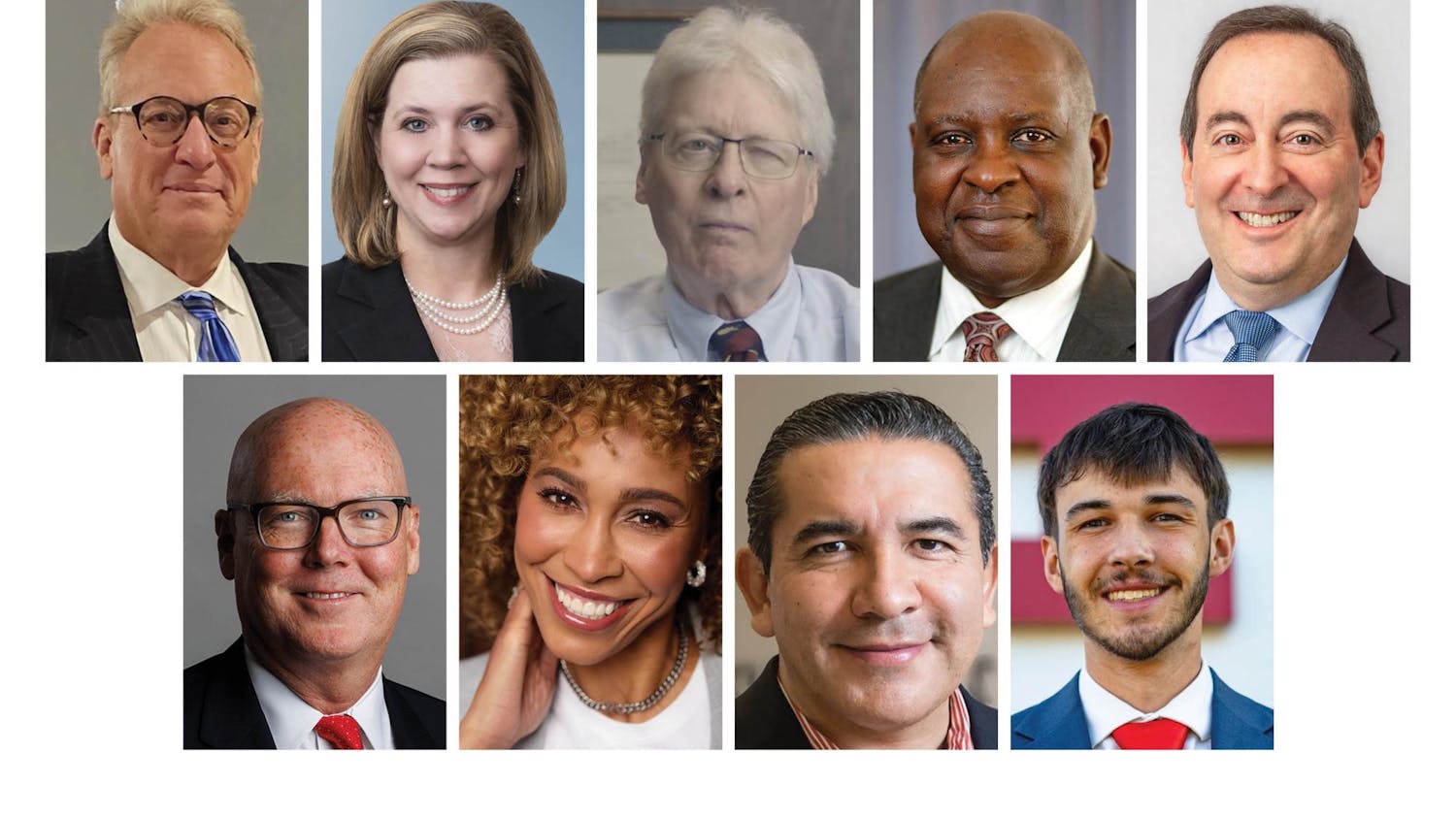According to a recent Fox news article, the Indianapolis Metropolitan Police Department's statistics are proving that gentrification is reducing the crime rate in Indianapolis neighborhoods.
The Editorial Board would like to remind our readers that while it is true the crime rate has decreased in these specific areas, gentrification unfairly pushes out residents and destroys the diversity of the area in favor of rich white homeowners.
The article describes areas in the north side of Indianapolis in lower socioeconomic standings have been replaced with neighborhoods filled with $500,000 homes.
While gentrification appears to reduce the crime rate, it is not always successful. A study published in the Chicago Journals found every gentrified neighborhood in a sample showed a higher average level of crime rates than the cities the neighborhoods were located in.
Not only is gentrification forcing people out of their homes and communities, it is not even directly solving the issue of crime in the first place. Crime will continue in other areas no matter how much the north side of Indianapolis becomes gentrified, but it is possible to rehabilitate communities in ways that do not harm and displace its members.
Evan Tester of the King Park Development Corporation, which facilitates loans to residents and new business owners in the area, said to Fox 59 “As areas improve either through rehab to houses, more commercial developments, more residents in a neighborhood, more people active in a neighborhood, it pushes crime out, it naturally happens because they can’t thrive here.”
Tester continued to tell Fox 59, “Definitely us and some other partners see it as working on the fringes where you have an active strong and robust neighborhood and a strong robust commercial neighborhood and you start pushing on those edges and start pushing out into areas that are on the fringes where things aren’t so strong you can start pushing crime out of the way and start pushing blight out of the way as you redevelop those areas.”
When communities are helped directly in this way, crime rates are reduced naturally and neighborhoods are developed in a way that does not displace those of a lower socioeconomic status.
This plan appears to be working. The King's Park area, a collection of north side Indianapolis neighborhoods, had no killings in 2017 and no complaints from its residents about the changes to the community.
Residents in other areas of Indianapolis have voiced their concerns on gentrification. Ryan Haynes, a resident for the last five years who was initially attracted to the diversity of the community, said that he does not approve of the method of rehabilitation at the cost of the social fabric of the neighborhood he lives in.
“I really appreciate where our neighborhood is currently,” Haynes told Fox 59. “I think gentrification unfortunately displaces a lot of people that deserve to be in the neighborhood they’ve lived in for a long period of time, and there’s not a reason to displace them because of their income.”
He is also very aware of the link between crime and poverty, saying “There are folks who struggle to survive. Sometimes they chose to make decisions that get them in trouble, unfortunately.”
This proves the best solution to lower the crime rate is to directly help the people in these areas most affected by poverty and crime instead of driving them out. Investments would better be directed toward community centers, local social programs, helping those with addictions, food banks and anything else possible to better the individuals in the community instead of focusing on making a profit at the cost of the diversity and livelihood of the people living there.
The King Park Development Corporation serves as an example for how effective community rehabilitation can be achieved.
“King Park Development Corporation only rehabilitates vacant homes or builds houses on vacant lots,” said Evan Tester to the Indiana Daily Student.
He explained that no households are displaced due to King Park’s activities. King Park also partners with Habitat for Humanity of greater Indianapolis area to administer an owner occupied repair program directed towards the residents in the King Park neighborhoods, which targets rehabilitation to homes of low- to moderate- income households that need repairs for deferred maintenance or code violations.
“King Park staff is striving to build mixed-income communities where residents have access to all the amenities that Indianapolis offers,” said Tester to the IDS.
Communities need to focus on making ethical decisions that first and foremost help their residents, especially those in need.
This article has been updated to accurately reflect the opinions of Evan Tester and the King Park Development Corporation.



